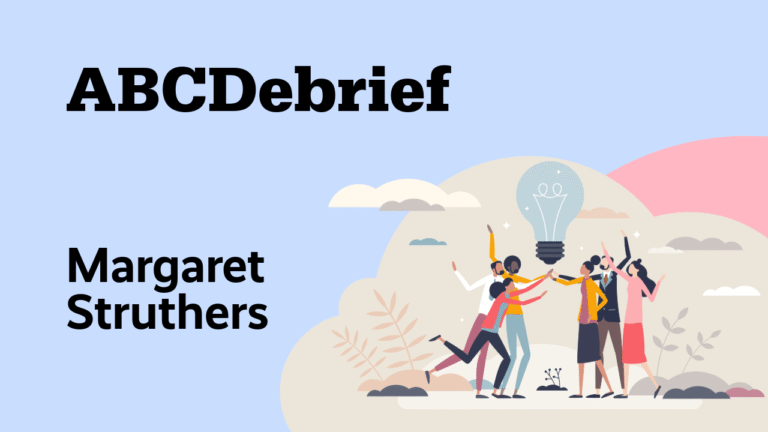Integrating Research, Enterprise, and Consultancy Pathways: A Holistic Approach to Authentic Learning and Assessment
Victoria Eskdale, Songyi Yan and Carly Wreag
The Need for Integrated Learning Higher education is increasingly challenged to provide authentic learning experiences that bridge academia and professional practice (Herrington & Oliver, 2000). Traditional modular approaches often treat research, enterprise, and consultancy as separate disciplines, yet these domains intersect in professional practice. We propose a holistic curriculum design where these three pathways reinforce one another, fostering critical thinking, problem solving, and industry engagement. Interconnected Project Pathways: Enhancing Learning Through Integration Research Pathway: Develops critical inquiry, methodological skills, and evidence-based reasoning essential for informed decision-making. Enterprise Pathway: Cultivates entrepreneurial thinking, innovation, and business strategy, bridging academic insights with real-world application. Consultancy Pathway: Provides practical exposure to industry challenges, allowing students to apply research insights and business strategies to professional contexts. How Research, Enterprise, and Consultancy Intersect: Practical Application Rather than isolating these pathways, our approach creates an interdisciplinary learning experience that allows students to absorb different forms of knowledge and adapt to individual projects. Instead of having entirely separate teaching sessions and materials for each pathway, we share relevant knowledge and resources where appropriate. For instance, staff on the research pathway deliver a lecture and provide materials related to Ethics, as all three pathways require an understanding of ethical applications to conduct primary data collection. This integrated approach strengthens cross-pathway learning and ensures students develop well-rounded competencies. Other examples include: Legal for Fashion Experience, where Law and Fashion intersected, featured fashion business-specific sessions organised by Barbara Shepherd delivered by the Law pathway to bridge all three pathways strategically. This initiative enhanced interdisciplinary collaboration by integrating these sessions, providing a holistic learning experience that encouraged adaptability, problem-solving, and industry-specific knowledge beyond traditional academic frameworks. Our centralised supervisory plan and centralised distribution information strategy ensures parity across the pathways. This was to ensure that all supervisors received the same updates simultaneously and in turn, the students, regardless of pathway, would receive the same supervisory experience from a communication point of view. To ensure consistency in the detail, templates were devised and shared across the three pathways. Managing such a large team of supervisors required such an intervention in order to maintain consistency in the information shared throughout the supervisory process.


